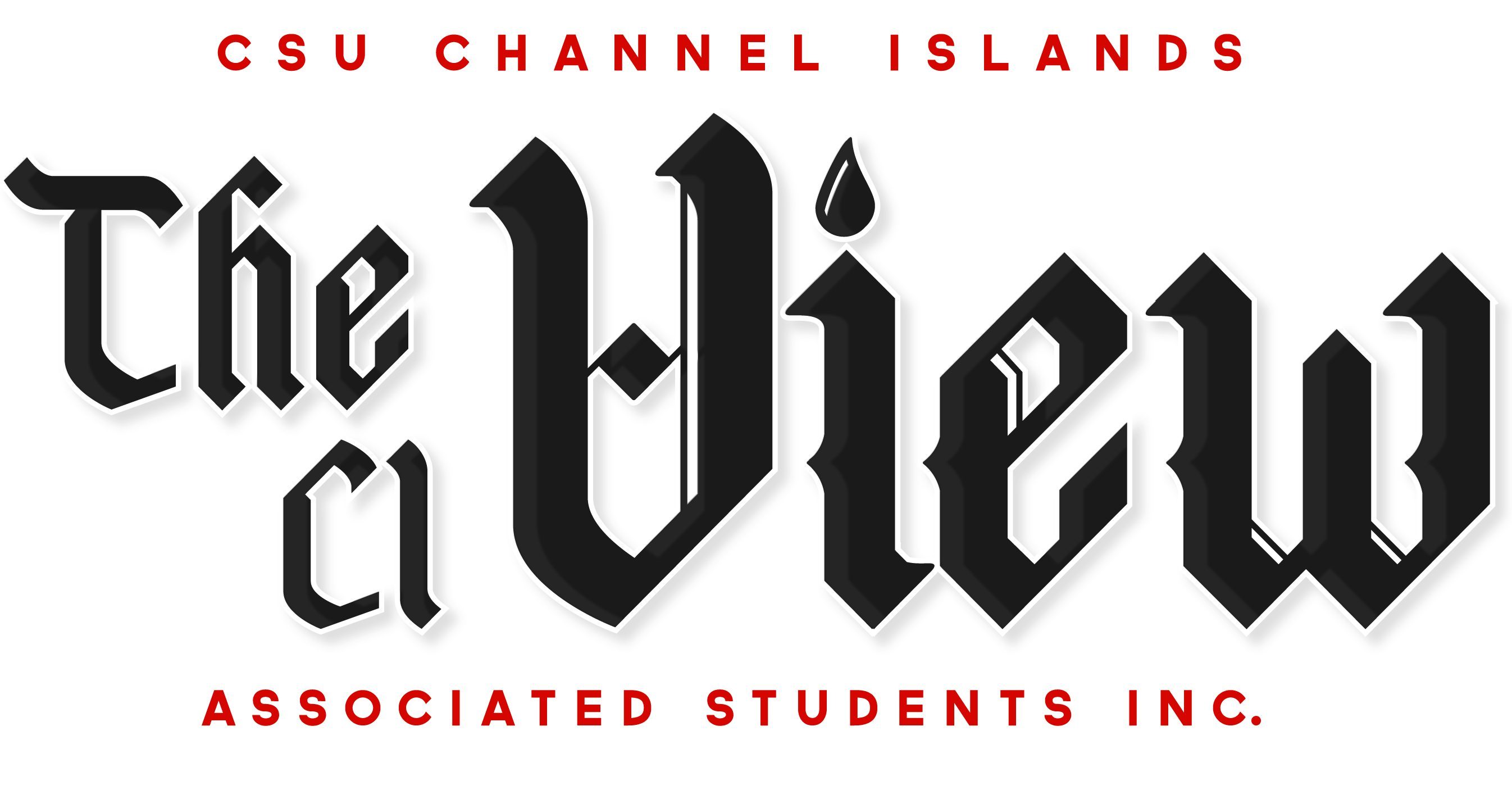by Luz Moncada
On Saturday, Jan. 13 the residents of Hawaii were in a panic due to a sudden alert.
According to the Los Angeles Times, the alert that flashed on the phones of Hawaii residents read: “BALLISTIC MISSILE THREAT INBOUND TO HAWAII. SEEK IMMEDIATE SHELTER. THIS IS NOT A DRILL.”
Government Twitter and Facebook accounts were the first to state that the alert was an error.
The Los Angeles Times confirms that over 14.1 million Hawaii natives and tourists alike received the alert around 8 a.m. Due to the “recent inflammatory bluster between President Trump and North Korean leader Kim Jong Un over nuclear annihilation,” this alert seemed all too real to the people on the island. Many went to various media outlets to debunk the news while others were getting ready for the worst.
Government Twitter and Facebook accounts were the first to state that the alert was an error. A correction was finally dispatched to cell phones by Hawaii Emergency Management a little over 38 minutes after the initial alert.
According to The New York Times, officials deemed this incident as a “human error” that did not correlate with a hack or terrorist attack. An estimation provided to The New York Times by a state official stated that if a missile was to launch from North Korea to the state of Hawaii, it would give the residents only “12 minutes to find shelter once the alert was issued.”
The following day on Jan. 14, Governor of Hawaii David Ige released a statement apologizing for the stress and anxiety the misleading message had caused. He addressed the public as well as the visitors of Hawaii in a message on hawaii.gov, stating, “The Hawaii Emergency Management Agency is committed to protecting the people of Hawaii, and over the past year it has been taking responsible measures to prepare for the highly unlikely event of a missile attack. As a state government, we must learn from this unfortunate error and continue to prepare for any safety threat to Hawaii’s residents and visitors—whether it is a man-made threat or a natural disaster such as a hurricane or tsunami.”

